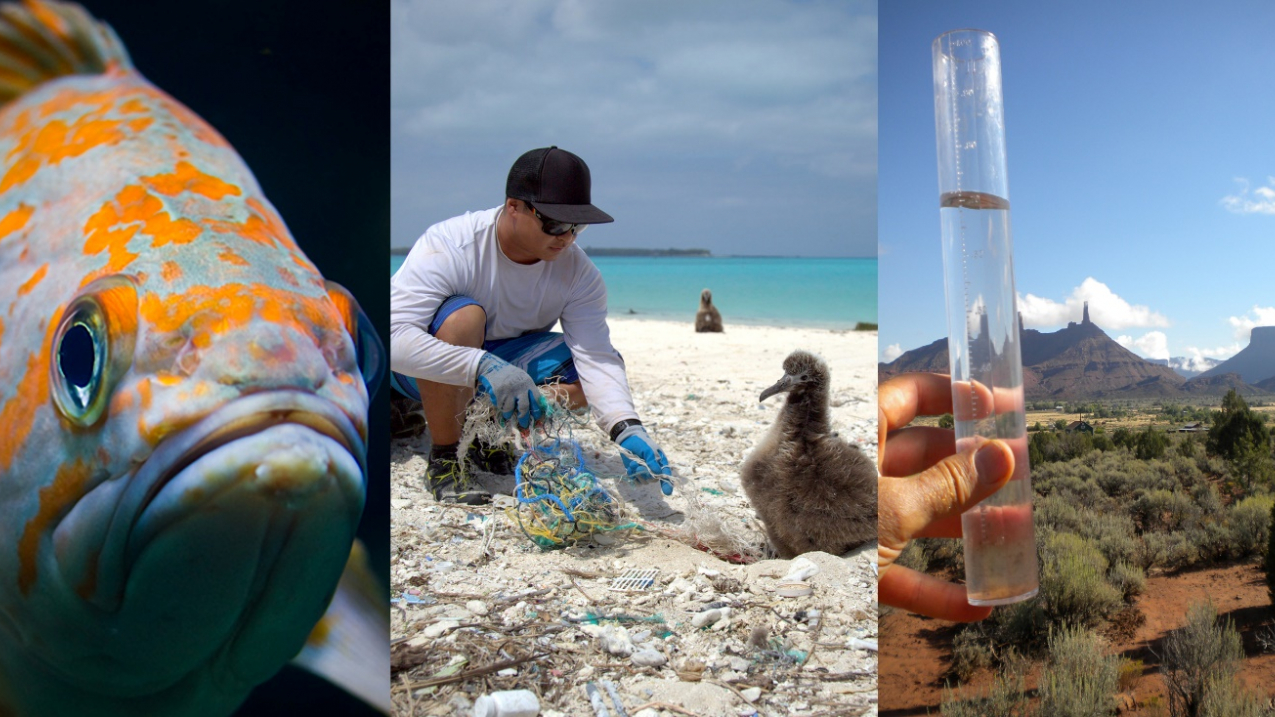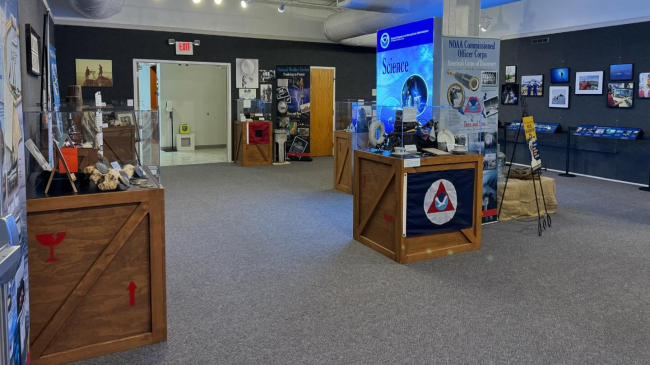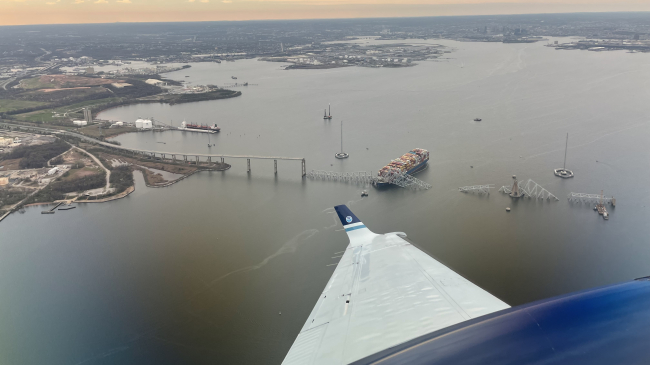See this roundup of Earth Day-inspired stories, video you don’t want to miss
It’s Earth Day week again, that time of year to ponder the beauty of and problems plaguing our earthly home and the environment that sustains it — and us.

Collage showing rockfish in the Northwest’s Puget Sound region, marine debris collection in Hawaii and CoCoRaHS volunteer measuring precipitation. (Image credit: NOAA)
Are you short on time but long on interest in what scientists are doing to make human, marine and wildlife better? We’ve assembled a “click list” of NOAA.gov content you don’t want to miss this week:
Where did Earth Day come from, anyway? This fact from NOAA’s Ocean Service gives you the backstory. It’s always been a special day for NOAA because our organization and our earth science mission was created the same year, in 1970.
We’re a federal science agency chock-full of environmental scientists, forecasters, oceanographers, biologists, data hydrographers, data analysts — you name it. We’re the people who forecast the weather, monitor the atmosphere and oceans, and collect important data and observations about Earth’s changing climate. So what's the difference between weather and climate, anyway? Start here.
Speaking of climate, what can the science of today tell us about the climate events of thousands and thousands of years ago? See how NOAA paleoclimatologists are looking to the ancient past to find climate clues buried in sediments at the bottom of the oceans, locked away in coral reefs, frozen in glaciers and ice caps, and preserved in the rings of trees.
We also work to prevent species of marine life — like whales, dolphins and sea turtles — from decline and extinction, and help protect them from human activities that could negatively affect their survival. Do you know the best ways to view marine mammals? Check out our guide, “Please no selfies with the seals...”
Love anything ocean? So do we. NOAA Ocean Today’s video series, “The Ocean We Love: Earth Day Special,” was curated with you in mind. If exploring shipwrecks and preserving maritime history float your boat, bingewatch “Adventures of a Maritime Archaeologist” featuring NOAA’s Dr. James Delgado. If you like to scuba, snuba or snorkel the wonders beneath the sea surface, our infographic on how you can help save coral reefs is definitely worth a look.
Maybe space is your thing. If it is, you should check out how far we've come in satellite imagery since the first Earth Day in 1970 — including a new view of the top of the world! — courtesy of our team at NOAA Satellites. A space-gazer are you? You'll want to see "5 new tools for Earth-watchers in 2018 offsite link."
Have you always dreamed of being a scientist? Now you can. Be a NOAA citizen scientist. Take a look at our list of NOAA citizen scientist volunteer opportunities, and pick a passion. Your contributions to our work are important: Our scientists know that the more data we have, the better equipped we are to more deeply understand our natural world and solve its problems. Citizen scientists are integral to our mission, wherever our research takes us. This story map shows how. offsite link
So: Citizen science projects don't interest you, but you still want to help save the planet? This infographic has 10 simple tips for what you can do.
Finally, we've got reasons why you should feel optimistic this Earth Day week.
Hungry for more? We’ll be updating this roundup throughout Earth Week, April 16-22, so check back again. In the meantime, follow the Twitter hashtag #EarthDayNOAA for all kinds of cool earth science stuff, and stay connected to our social media channels.



